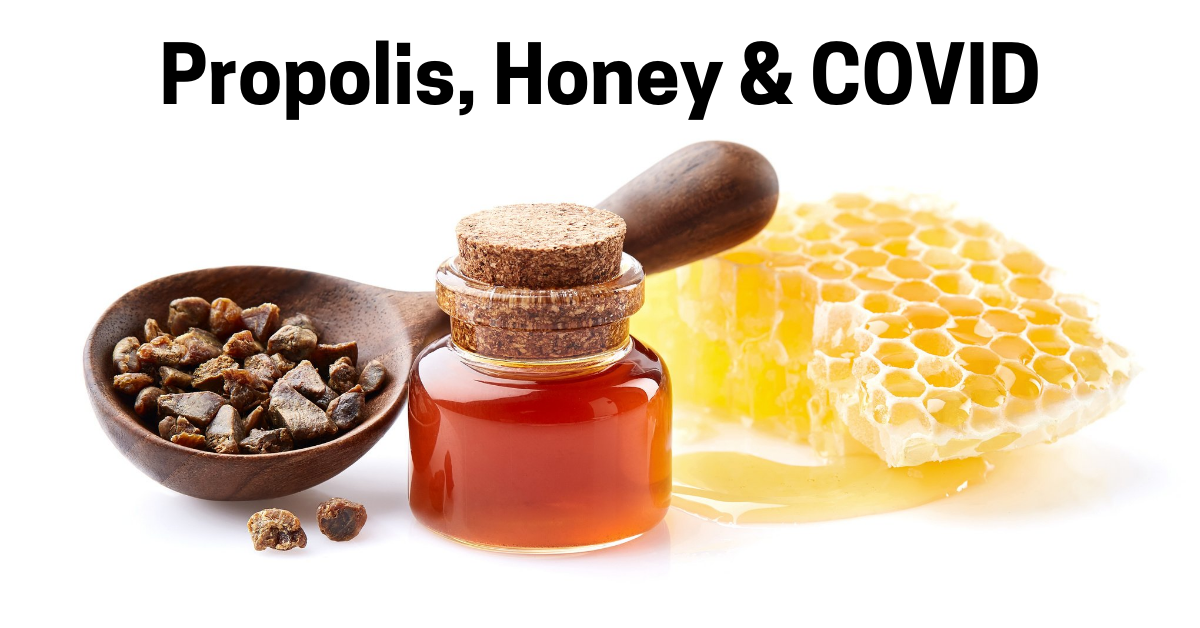
A Summary of the Research on Propolis, Honey and Covid as Researchers Around the Globe Look For Answers to this Deadly Pandemic
by Angela Van Alten, Nutritionist and Beekeeper's Daughter
Disclaimer: The information contained in this article is not medical advice. This is a report on the research being done on honey and propolis only. We do not recommend honey or propolis for Covid treatment. Always seek medical attention if exhibiting Covid symptoms.
The world is still laboring to overcome the coronavirus disease, with over 391 million cases and 5.7 million deaths reported by World Health Organization. These numbers are climbing daily and with global health authorities recognizing that this virus will be with us over the long term, alternative solutions are being researched.
Bee products such as propolis and honey, which have antiviral activity, are used by people for preventing COVID-19 and supporting immune systems and treatment.1
As most readers of this blog know, Propolis is a bee product that occurs by molding resinous balsam of plants and trees with beeswax and saliva.. Bees use propolis as a detoxification agent and fixing material for their hives to maintain homeostasis, to promote a beneficial microbiome, and protect from insects and animals.2
Propolis has also been used by Egyptians, Greeks, Romans, and Incas for wound healing, corpse embalming, and to reduce fever. It was used in Europe in the 17th and 20th centuries as an antibacterial agent and during the Second World War due to its antimicrobial and anti-inflammatory activity.3
Propolis consists of 50% resins, 30% bee wax, 10% aromatic and essential oils, 5% bee pollen, and 5% multiple organic compounds, vitamins, and minerals.4 It includes more than 300 different compounds such as flavonoids, phenolic acids, phenolic acid esters, terpenoids, xanthones, fatty acids, volatile fatty acids, ketones, lactones, steroids, pollens, various minerals and vitamins.
Propolis has various biological activities for humans such as antioxidant, anti-inflammatory, antibacterial, antifungal, antiviral, antimutagenic, antitumoral, anticancer, cytotoxic, anti-proliferative, anti-angiogenic, and immunomodulatory.5
As mentioned before, propolis and propolis-derived compounds such as CAPE, benzoic acid, resveratrol, p-cumaric acid, quercetin, chrysin, pinocembrin, and galangin have antiviral, anti-inflammatory, antioxidant, and antithrombotic activity.
Propolis as an Anti-Viral: Studies
- In previous studies, it was shown that propolis and its extracts have antiviral activity against both DNA and RNA viruses such as Herpes Simplex Virus Type 1 and Type 2, Adenovirus Type 2, Vesicular Stomatitis Virus, Poliovirus Type 2, Varicella zoster virus, HIV, Influenza.6
- It was reported that various propolis fractions affected the replication of Vaccinia Virus, Newcastle Disease Virus, and Influenza Viruses A and B.7
- It has also been reported that kaempferol and chrysine reduced the replication of several Herpes Viruses, Adenoviruses, and a Rotavirus concentration-dependently and quercetin was reduced infectivity and intracellular replications of viruses in high concentrations.8
- A 2015 study suggested that CAPE inhibits the HIV-1 infection, nuclear factor kappa-light-chain-enhancer (NF-κB) production, and Hepatitis C virus replication.9
- In 2020, it was shown that hesperidin has a higher binding activity to RdRp of SARS-CoV-2 than remdesivir. Many polyphenols such as myricetin, epigallocatechin gallate, theaflavin, theaflavin-3’-O-gallate, theaflavin-3’-gallate, theaflavin 3,3’-digallate, quercetagetin, and myricetin strongly bind to the active site of RdRp and other polyphenols such as quercetin, curcumin, kaempferol, epicatechin can bind to RdRp with lower binding energy than remdesivir. It was concluded that some natural polyphenols can be used as an inhibitor of RdRp of SARS-CoV-2.10
- On the other hand, a 2020 study suggested that caffeic acids, CAPE, Artepillin C, nymphaeols inhibit PAK1 activity, act like PAK1 inhibitors, and could be useful for inhibiting or preventing COVID-19-induced lung fibrosis and stimulating the immune system.11
- It was found in 2021 that rutin, nicotiflorin, luteolin, CAPE, and Artepillin C inhibit viral replication and inflammatory reactions by affecting 3CLpro/Mpro, PLpro, RdRp, and B56 regulatory unit of phosphatase 2A. 12
- A 2021 study detected that propolis components glyasperin A, broussoflavonol F, sulabiroins A, isorhamnetin, and (25)-5,7-dihydroxy-4’-methoxy-8- prenylflavanone have the potential to inhibit the binding of ACE-2 and SARS-CoV-2.13
- As phenolic compounds of propolis such as galangin, p-coumaric acid, quercetin, chrysin, and kaempferol could block or reduce the adsorption and entrance of the virus into the host cells, propolis consumption might be useful for protecting COVID-19 and supporting adaptive immune response.14
- In previous in vitro and in vivo studies, it was shown that flavonoids could inhibit the activity of ACE. Recently researchers used ten flavonoids (Caffeic acid, CAPE, chrysin, galangin, myricetin, rutin, hesperetin, pinocembrin, luteolin, and quercetin) for detecting their binding ability to ACE-2 receptors and it was shown that rutin has the best inhibition potentials for ACE-2 receptors and then followed by myricetin, CAPE, hesperetin, and pinocembrin. It was concluded that flavonoids in ethanolic propolis extracts have a high potential for COVID-19 treatment by inhibition of ACE-2 receptors and preventing entry of virus to host cells.15 This was repeated by two researchers in separate studies in both 2020 and 2021, which established that rutin, luteolin, and CAPE inhibit ACE 2 receptors too. 16, 17
- Kumara et al. (2020), showed that CAPE inhibits the TMPRSS2 and blocks the entry of SARS-CoV-2 into the cell.18
- Refaat et al. (2020) and Jain et al. (2021) detected that naringin, rutin, and quercetin have binding activity to S protein and inhibit viral fusion in the host cell membrane. 19
- A study published in 2021 suggested that propolis components genistin, methylophopogonone A and 3’- methoxydaidzin inhibit main protease and spike protein and these compounds could be used as antiviral agents. 20
Propolis and Zinc
The antiviral activity of propolis may be related to its zinc content. Propolis has variable amounts of zinc. One study found 21 mg/kg or 9326 mg/kg.21 Zinc ions inhibit viral enzymes that are important for the replication of the virus in the host cells.22
Zinc has the potential to threaten COVID-19 by antioxidant, anti-inflammatory, and immunomodulatory properties. Zinc can suppress the expressing of various chemokines, acute phase proteins such as fibrinogen and C Reactive protein, proinflammatory cytokines, and some factors that have a role in inflammatory responses such as inhibition of NFκB and modulation of T cell functions that cause cytokine storms in COVID-19.
Propolis and Selenium
Another trace element in propolis is selenium that has a role in maintaining adaptive immune systems, inhibiting proinflammatory cytokines, chemokines, and production of free oxygen radicals. Experimentally it was shown that a selenium-deficient diet in mice is related to developing lung injury in post-influenza virus infections.23
Additionally, the anti-inflammatory activity of propolis is related to its components such as phenolic acids and their esters, flavonoids, steroids, terpenoids, and amino acids. The basic mechanisms of anti-inflammatory activity of propolis are the inhibition of cyclooxygenase (COX) and prostaglandin biosynthesis, antioxidant activity, inhibition of nitric oxide (NO) synthesis, reducing the level of cytokines, and immunosuppressive activity.24
In many studies it was reported that CAPE, quercetin, naringenin, pinocembrin, Artepillin C, and terpenoids showed anti-inflammatory activity by inhibiting COX-2, suppressing the production of prostaglandins and leukotrienes, reducing the expression of inflammatory mediators such as IL-10, IL-1β, inducible nitric oxide synthase (iNOS) and inhibiting the production of TNF-α, IL-1β, IL-6, NF-κB, NO.25
Propolis Studies in Humans
In a 2021 study, researchers used a non-alcoholic preparation of Brazillian Green Propolis. A standardized Propolis Extract was given at two concentrations (400 mg and 800 mg) for 82 hospitalized adult COVID-19 patients. They evaluated the patient's length of hospital stay, dependence on oxygen therapy, development of acute kidney injury, intensive care unit admission and use of vasoactive drugs. 400 mg of propolis contains 21.2 mg of total flavonoids such as quercetin and 54 mg of total phenolics, such as gallic acid. It was shown that propolis treatment decreased the length of hospital stay (6 days for 400 mg versus 7 days for 800 mg, and 12 days for the control group (n=42)) and kidney injury significantly, but didn’t have any effect on the need for oxygen therapy. N side effects of propolis were observed in this study. 26
In a case report, a COVID-19 patient who was 52 years old, used a dose of 45 drops/3 times/day for 2 weeks. The patient's viral clearance occurred within 12 days of treatment. 27
In another 2021 study, doctors used a syrup that contained 1.6 mg Hyoscyamus niger L. extract and 450 mg propolis per 10 mL, in 25 COVID-19 patients aged between 17-85 and 25 patients classified as the placebo group. In this study, 10 mL syrup was administered during the 6 days, three times a day. It was shown that the syrup reduced the clinical symptoms of COVID-19 such as dry cough, shortness of breath, sore throat, chest pain, headache, dizziness, fever, abdominal pain, and diarrhea but didn’t have any effect on nausea and vomiting. The dose of propolis at 500 mg/day is approximately equal to 30 drops of propolis extract (11% w/v of dry matter). 28
A 2020 study suggested that 30 drops/day or one capsule might be used for prevention purposes.29
References:
- Berretta et al., 2020; Ripari et al., 2021
- Burdock, 1998; Zulhendri et al., 2021
- Santos et al., 2019
- Ali & Kunugi, 2021
- Braakhuis, 2019; Burdock, 1998; Zulhendri et al., 2021)
- Burdock, 1998; Governa et al., 2019; Haris et al., 1997; Labska et al., 2018; Yildirim et al., 2016
- Burdock, 1998
- Debiagi et al. (1990)
- Erdemli et al. (2015)
- Singh et al. (2020)
- Maruta & He (2020)
- Ali & Kunugi (2021)
- Khayrani et al. (2021)
- (Lima et al., 2020)
- Guler et al., 2021
- Refaat et al. (2021)
- Vijayakumar et al. (2020)
- Kumara et al. (2020)
- Refaat et al. (2020) and Jain et al. (2021)
- Harisna et al. (2021)
- Cvek et al., 2008; Tosic et al., 2017
- te Velthuis et al., 2010)
- Keflie et al., 2021).
- Braakhuis, 2019)
- Braakhuis, 2019; Santos et al., 2019; Zulhendri et al., 2021)
- Duarte Silveria et al. (2021)
- Fiorini et al., 2021)
- Kosari et al. (2021)
- Berretta et al. (2020)
|
|
|
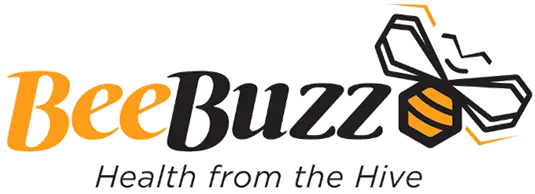

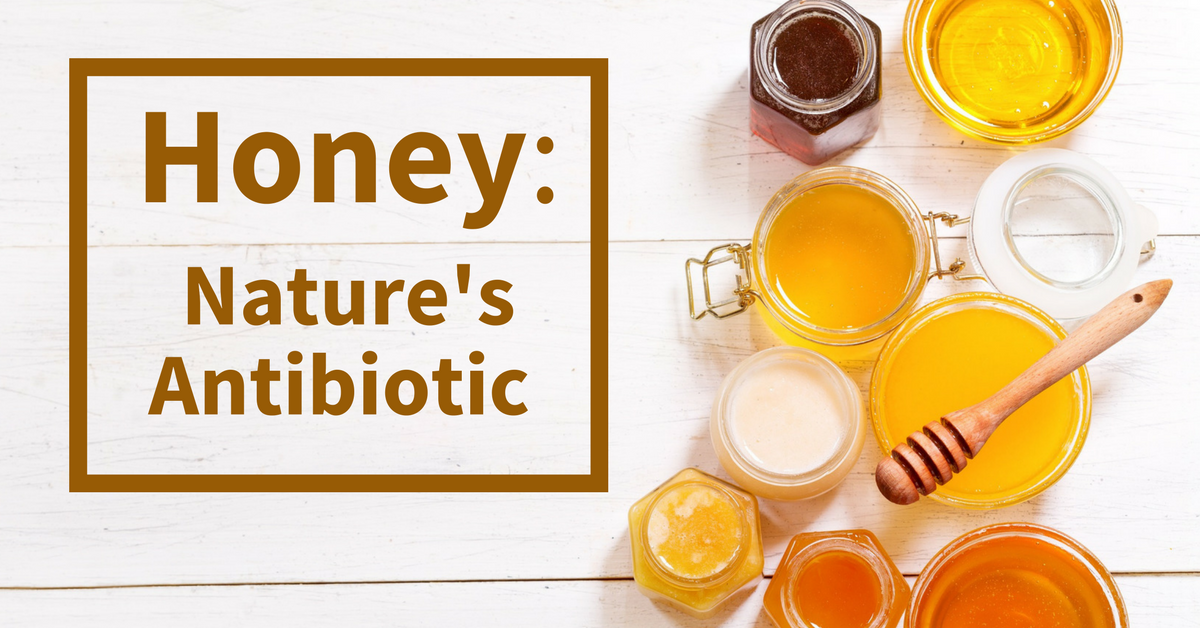
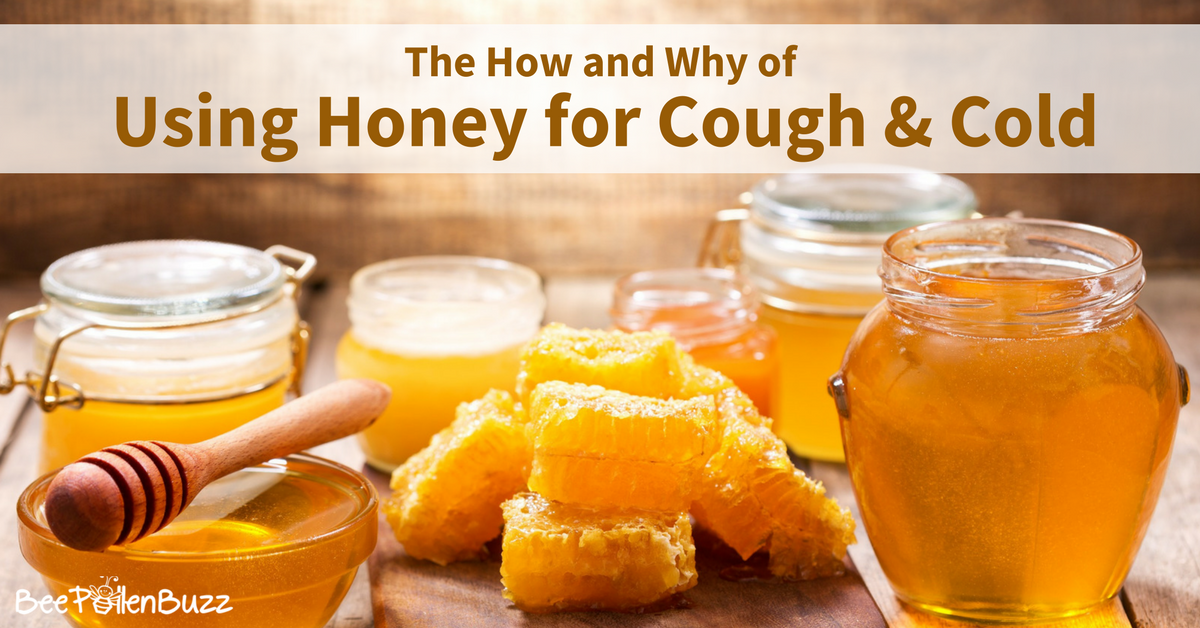
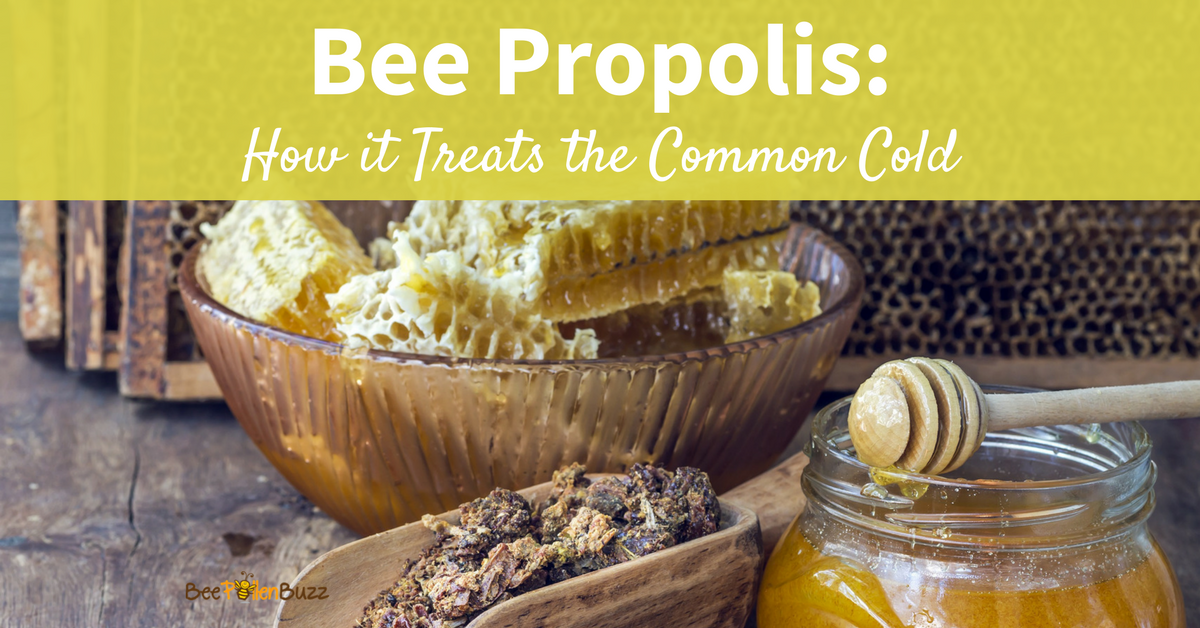





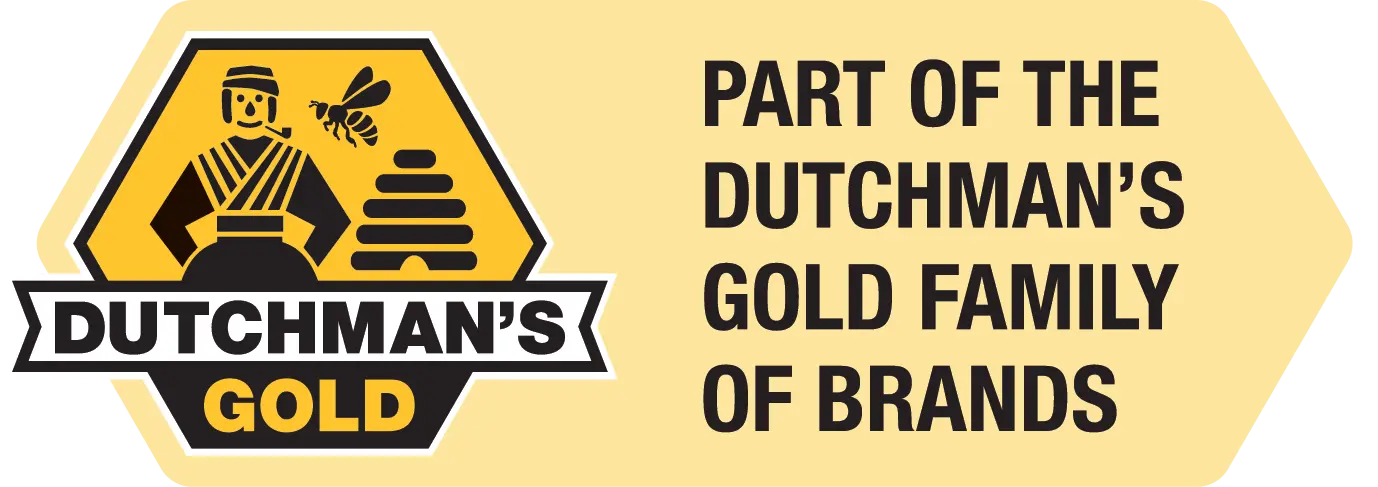
New! Comments
Do you have something to say about what you just read! Leave me a comment in the box below. I'd love to hear from you!